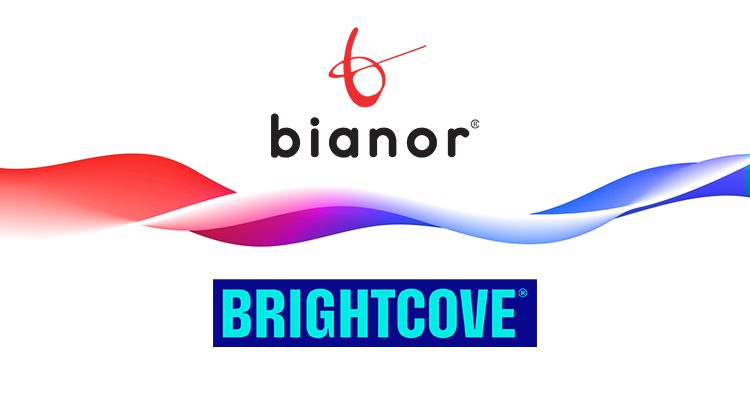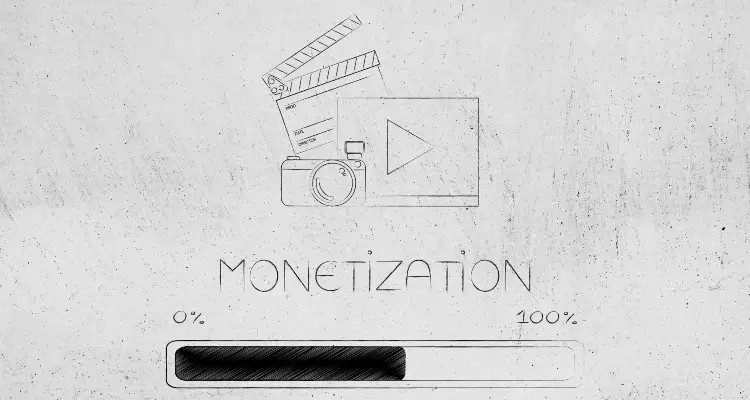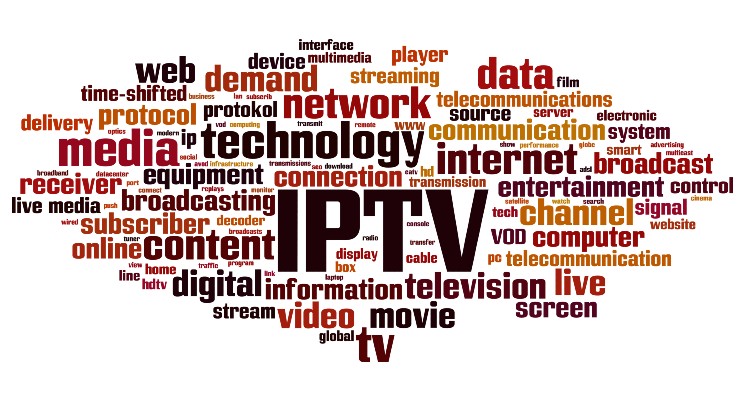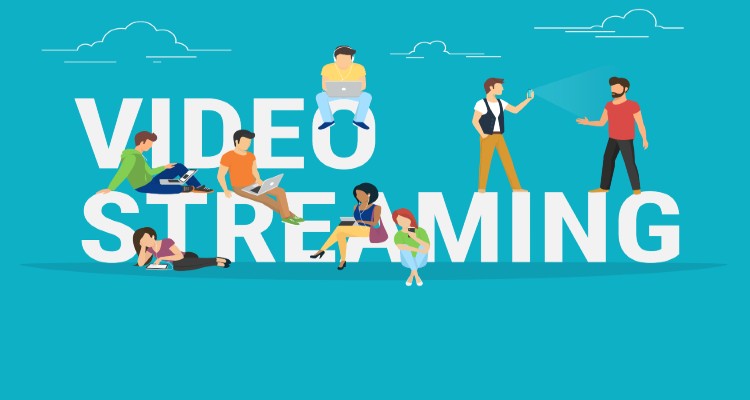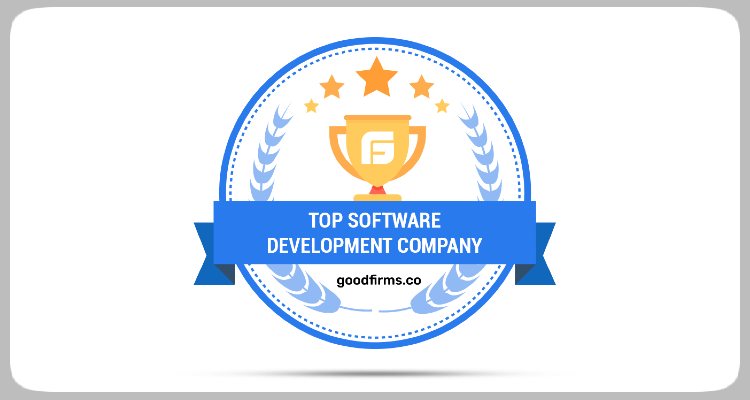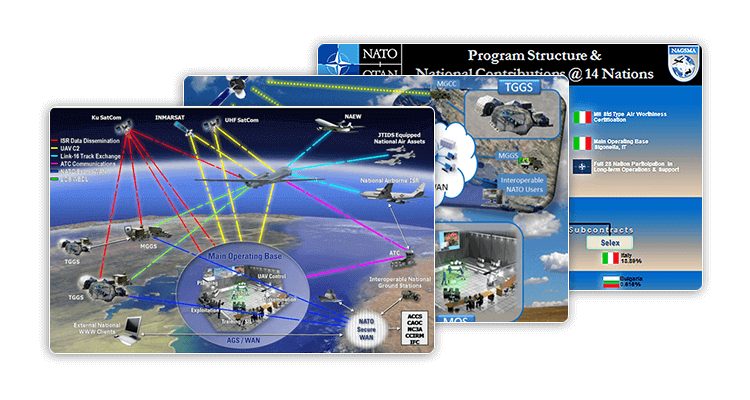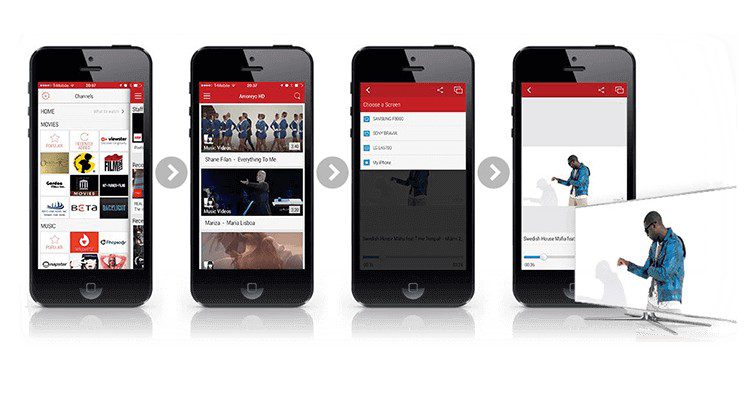Video Streaming Platform – Cost Formation Factors

In the following paragraphs, we are going to discuss the price of developing a video streaming app and the main parameters we have to consider when diving into such a project. We are going to answer the three main question:
- What is the cost of a video streaming solution?
- How can I estimate and quote a VOD and live-streaming app?
- What are the price formation factors of a pay-per-view platform?
Ok, you will find the answers to these and other questions below. But first, let’s set the scene.
To have a general idea about the infrastructure you need, you should decide on whether you will stream only prerecorded video content (VOD, TVOD, AVOD) or you will also stream live video (live events).
Below we cover both scenarios.
VOD, TVOD, AVOD
Before buying or developing a video-on-demand (VOD) platform or transactional video-on-demand (TVOD) solution – you must consider these super high-level features:
- Content management;
- Content storage and access;
- Subscribers’ management;
- Look & feel preferences for the applications (web, iOS, Android, back-end).
Content Management System (CMS)
Do you already have CMS in use?
If you already have a website or other channel where you stream your content, it is recommended that you consider its pros and cons and decide if you will be able to scale your services through it. Make sure you know if you’d like to have a new application for video on demand or you prefer to stick to the existing infrastructure and its modules.
How many videos do you have for the VOD platform?
For the underlying infrastructure, it matters if you are about to stream 1 petabyte of prerecorded video content or if there are only 500 tutorials that you’d like to sell with a subscription plan. Here also comes the question of scalability – what your expectations are with respect to viewers’ growth and, for example, what would be the season’s trends.
How many videos are uploaded daily/weekly/monthly?
These numbers will help us recommend the best approach for handling video and audience volumes. The set-up handling 1 video upload per week would considerably vary from the set-up handling 1,000 videos per week. The volumes of video content would also define the search features embedded in the streaming platform. Different rules can be applied for TV channels – search can be enabled, and full-text search can be performed inside the channel or being included in the cross-channel search available in a mobile app, enable for web publishing, paywalls, geo-locations, language preferences, content sorting, etc.
The number of viewers
The range of expected viewers count will help in defining the VOD and infrastructure traffic. You could have simultaneous viewers ranging from 500 – for a video tutorial app – to 15M for a TV streaming application. In any case, it is valuable to forecast and/or analyze this data.
Do you need access control capability?
If it is only you who will have access to the back-end of the platform for subscribers’ management and video upload, there is no need for access control capability. But if you have a team of administrators, who are taking care of the content management, then you need access control management.
Pricing model
Monetization features allow you to sell video content. Our platform provides in-app purchases, including subscription-based VOD through various plan types. The monetization model could also be:
- Free
- Pay per View (PPV) is a model where subscribers purchase an event to view. This model is often used for live art performances, concerts, sports events, boxing, etc.
- Ad-supported Video-on-demand (AVOD) is a model where the viewer is not charged for the video service, but advertisements are included in the viewing experience.
In case you are planning to deliver the video content primarily via iOS and Android applications, you should consider if your pricing model is:
- fixed and rarely changed or
- it is dynamic.
This would help define how to customize the functionality best, so that it supports regular changes in the pricing policy and different subscription plans, discounts, etc.
Content Access
Where is the current service hosted?
You should bear in mind that depending on where the video content is stored and the back-end system is running; there can be monthly charges for the hosting and the traffic.
Viewers, in terms of geographical location.
Content store and access also depend on the geographical distribution of the viewers – where is the majority of your audience situated.
Bianor helps you deliver content to your audience through VOD and live-streaming. Our custom-developed platform ingests content from any video source, including YouTube, syndicated content, or raw video on a hard drive. Your content reaches the web, mobile, Apple TV, XBOX, Roku, Amazon Fire TV, and more than 7K models of smart TVs.
User Management
Is there a need for registration or login?
If your customers and viewers subscribe to your current service or website, for example, with an email, then you need a registration for your video streaming app as well. Larger TV services need a fully-fledged secure module for user management.
Do you need to collect customers’ information?
For marketing and remarketing purpose, you might also need a dedicated module that collects user information.
Bianor’s custom solutions provide advanced tools for the easy discovery of relevant content from the moment the user first interacts with the mobile app. It collects data from multiple sources to build a complete user profile. These sources include demographic data and personal interests from Facebook, explicit choice of interests during the onboarding process, behavioral data points like the watched type of content (news, movies, series, clips, live events, etc.), what videos are watched, from which genres, etc. The collected data is then used as input for building personal recommendation lists organized by topics, genres, and what other users watched.
Look and Feel Preferences
Design
If there are other similar solutions that have a design you like, it would be good to know. If you already have created a design we should apply and stick to, it would be helpful to have a clear vision on User Interface (UI) questions.
Will you display ads from Ads provider?
If you plan to display advertisements, for example, services like Google AdWords, this should be considered.
Bianor provides intuitive three steps Video Playback and Control. It is basically push-to-play of any video content available on the platform. It is as easy as that: 1. Tap on video content, 2. Choose a target screen (mobile, TV, or any other capable device), 3. The video starts playing in a second.
LIVE STREAMING
Before deciding on a streaming platform, you should take into consideration a few important questions about the infrastructure, network traffic, and live support during streaming. Below we dig deeper into each one of these topics.
Infrastructure
What video services have been used so far?
For streaming live events the bandwidth is an important factor. It affects video production and content delivery, as bandwidth measures how much data is transmitted through a connection over a certain period. The higher the bandwidth connection, the more frames per second could be received, and respectively the better video streaming quality.
Player
Have you been using a video player for your services? If so, it would be valuable to know what it was. This would help us find the best strategy to stream your content at the highest quality. JWPlayer is an HTML5 online video player. It is an open-source embeddable media player for web sites. Or it could be VideoJS, which is an HTML5 video player, with a fallback to a Flash video player for when the browser doesn’t support HTML5 video.
Events and Traffic
To determine the traffic parameters and to recommend the best option for you, there are several questions you should take into consideration:
- What are the average and maximum duration of a live event;
- How many live events you will broadcast daily/weekly/monthly;
- What’s the number of expected simultaneous viewers;
- How many viewers currently have – the expected scale of numbers?
Then you could pick for example between Amazon or Akamai. Bianor would recommend Akamai – it provides a commitment for a year ahead; with a monthly fee for the traffic generated; we could also offer discounts here.
Support and integration
Do you need live support during the broadcast?
The technology handles it all – feeds, graphics, audio, video stream. But in crucial moments, like live sports events, where each second matters, our streaming experts are available to help with every aspect of your live video stream. From installation, integration, training, and set-up, to dedicated support, Bianor offers the full package of services.
Bianor provides custom video platforms, that handle the complete cycle of live video broadcast, distribution, management, recommendation, analytics, and monetization. With Bianor’s solutions, you could broadcast live events and 24/7 always-on feeds.
CUSTOM DEVELOPMENT, LICENSE, DEDICATED TEAM
Unlike competing companies with video streaming platforms, Bianor focuses on providing custom-made video platforms. We have in-depth experience in developing streaming services with cloud-based media infrastructure.
White-label video streaming platform
Bianor also relies on an already developed white-label video streaming platform, and we provide a partial or full license, together with the necessary customizations. The platform is custom-developed, cloud-based patented technology. It utilizes the touch-screen interface of the phone for OTT content discovery and streaming. The platform streams pay-TV and over-the-top (OTT) video to DLNA, UPnP, AirPlay, and Cast-compliant TVs, game consoles, and other connected devices. It utilizes the phone as a controller without the need to install any additional TV apps or TV boxes, thus enabling smooth, high-quality video streaming, optimized phone battery life, and on-the-fly adaptation of the video stream to suit the capabilities of the target device.
To complete our value proposition, Bianor also provides, on a subscription basis, dedicated professional teams to support different video platforms. We have gained plenty of experience in video streaming, starting from R&D, business analysis, and design and going to the development and support of live-streaming platforms. Our dedicated professional team will help you project digital media from your phone to your TV.
Video Streaming Lifecycle
Download Bianor’s white paper to learn more about the five most crucial components of video streaming lifecycle.















